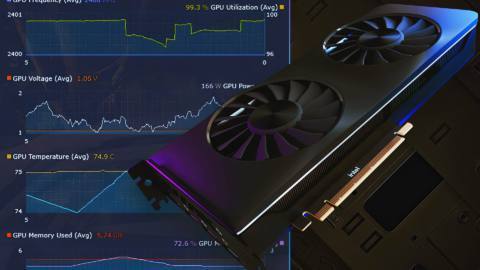
Another Monday, another episode of DF Direct Weekly. Myself, John Linneman and Alex Battaglia battle our way through the topics of the week, including initial reactions to the Hellblade 2 previews from last week – but what I want to talk about here is how Alex spent his time last week. Within this week’s Direct, you’ll see his tests with Intel’s PresentMon 2.0, which may well change the face of PC benchmarking… to a certain degree, at least.
PresentMon forms the basis of just about every reputable benchmarking tool out there. Intel pioneered it and adds new features (more about that shortly) but it’s used by the likes of CapFrameX, AMD OCAT and even Nvidia FrameView. All of them mix and match various features but it’s PresentMon at the core of it, which makes the latest additions interesting. We first caught site of them in a video put together by Gamers Nexus and we’ve also seen the new features used ‘in anger’, so to speak, in GN’s excellent performance review of Dragon’s Dogma 2.
First of all, let’s talk about PresentMon more holistically. It’s a great tool. Essentially it gives accurate frame-time readings for any given benchmark run, it calculates frame-rates and the various percentiles used in most GPU and CPU reviews (bar ours – we still test based on actual frames that emerge from the PC). You also get great metrics on important factors including power consumption, CPU core utilisation and more. Much more. Intel’s first major change was to implement what it calls ‘CPU Busy’ and ‘GPU Busy’. Rather than just telling you how long it takes to render and present a frame, we could now see how much of the time was occupied by CPU and GPU in delivering any given frame – invaluable in ascertaining the overall balance of your system.






